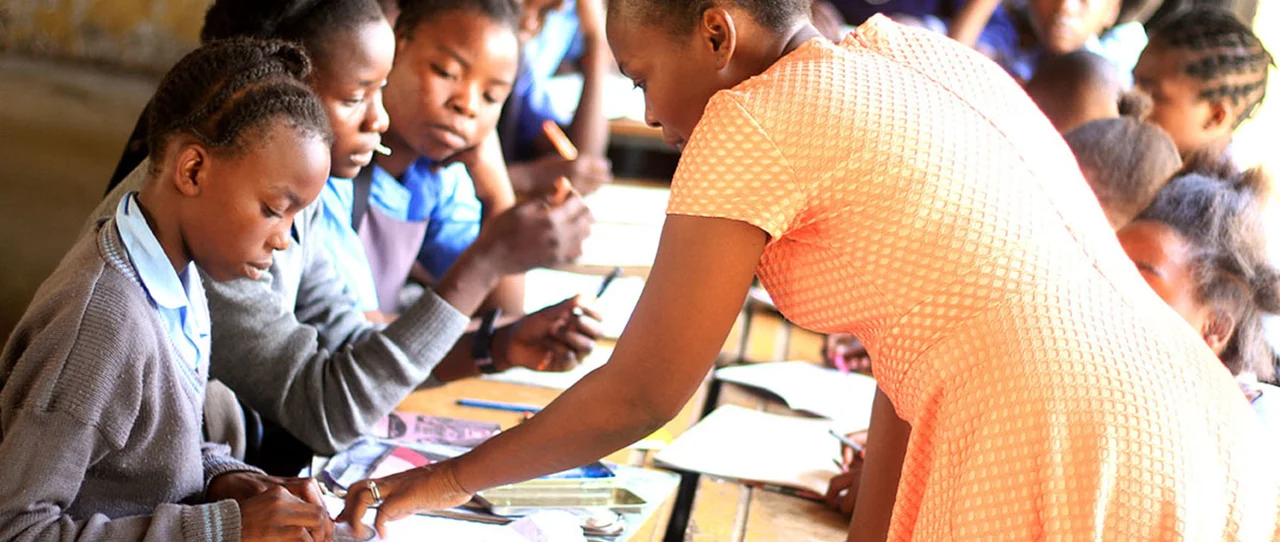How can we give poorer children in the US a better education?

Exploring Innovative Solutions to Give Poorer Children in the US a Quality Education
Education is a fundamental right for all children and the best way to create a better future for them. But for many poorer children in the US, the quality of education they receive is inadequate. This often means that these children are unable to reach their full potential and make the most of their opportunities in life.
In order to improve the educational outcomes for these children, there needs to be an innovative approach to providing quality education. This approach should focus on providing tailored educational resources and support to those who need it most. There are a variety of potential solutions that can be explored to improve the educational outcomes of poorer children in the US.
One important solution is to provide more access to high-quality early childhood education. This can help to ensure that poorer children have a strong foundation in education and can get off to a good start in life. By providing access to quality early childhood education, these children can receive the educational resources they need to develop important life skills such as problem-solving, communication, and creativity.
Another potential solution is to focus on increasing access to technology in the classroom. Technology can be a powerful tool for improving educational outcomes, particularly for poorer children who may not have access to the same resources as their wealthier peers. By providing access to computers and other educational technology, these children can have the same opportunities to learn and grow as other students.
Finally, providing access to mental health services can be an important part of providing quality education to poorer children. Mental health issues can have a significant impact on academic performance, and providing access to mental health services can help to ensure that these children are better able to address any issues they may be facing. This can help to ensure that they are able to focus on their education and reach their full potential.
In conclusion, improving the educational outcomes for poorer children in the US is a complex issue that requires an innovative approach. By focusing on providing tailored educational resources and support, increasing access to high-quality early childhood education, increasing access to technology in the classroom, and providing access to mental health services, we can ensure that poorer children in the US have the same opportunities to learn and grow as their wealthier peers.
Examining the Impact of Poverty on Education and How to Help Disadvantaged Students Succeed
It is no secret that poverty has a significant effect on the quality of education available to children. Too many children in the US are unable to access the same quality of education as their peers, leaving them at a disadvantage when it comes to competing in the job market. This article will examine the impact of poverty on education and how to help disadvantaged students succeed.
The Impact of Poverty on Education
Poverty has a direct impact on the quality of education that children receive in the US. Poor families often lack the resources to access the same quality of education as their wealthier peers, including access to books, technology, and educational programs. This means that children from poorer families are more likely to attend underfunded and understaffed schools, with fewer educational opportunities and resources available to them. This can lead to lower test scores, graduation rates, and college attendance rates among these students.
Furthermore, poverty can also have a psychological impact on students. Children from poorer families are more likely to experience stress, anxiety, and depression due to their lack of resources and opportunities. This can make it difficult for them to focus in school and to reach their full potential.
How to Help Disadvantaged Students Succeed
The first step to helping disadvantaged students succeed is to increase access to quality education. This can be done by providing funding for underfunded schools, increasing access to books and technology, and providing tutoring and mentorship opportunities. Additionally, providing resources to families can help increase access to quality education. This can include programs such as free after-school programs, meals, and transportation.
In addition to increasing access to quality education, it is also important to provide students with the tools they need to succeed. This can include providing resources such as mental health services, counseling, and job training. Additionally, providing mentorship opportunities and job skills training can help students gain the knowledge and skills they need to achieve their goals.
Finally, it is important to empower disadvantaged students and to provide them with the encouragement and motivation they need to succeed. This can be done by providing them with positive reinforcement and by providing them with the opportunity to share their stories and experiences with their peers. Additionally, providing mentorship opportunities and job training can help disadvantaged students gain the confidence and skills they need to succeed.
In conclusion, poverty has a significant effect on the quality of education available to children in the US. It is important to increase access to quality education and to provide students with the tools they need to succeed. Additionally, it is important to empower disadvantaged students and to provide them with the encouragement and motivation they need to succeed.

Write a comment